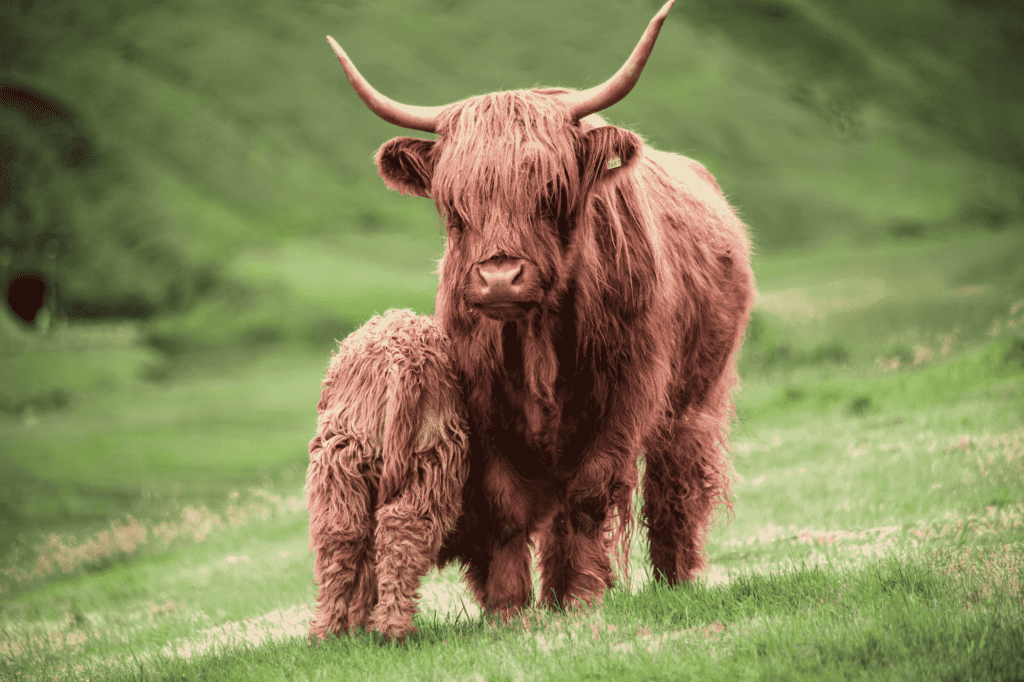The Faroe Islands are located in the Atlantic Ocean, roughly halfway between Scotland and Iceland. The rugged, rocky Faroes, which consist of 18 main islands and hundreds of islets and skerries, are best known for their bird cliffs and unspoiled landscape. But did you know that the animals on Faroe Island are quite unique?
The Faroe Island’s domestic animals result from 1200 years of isolated breeding. Most of the domestic animals found on the islands are unique to the world.
The Danish Influenced Island
The islands are Danish autonomous territories. Specifically, the islands, like Greenland, form a self-governing overseas administrative division of the Kingdom of Denmark.
The Faroe Islands were part of Norway for hundreds of years until the Treaty of Kiel in 1814 transferred them to Denmark. The islands, which have been self-governing since 1948, have their own parliament and control most areas of lawmaking except defense, policing, and foreign affairs.
While Danish is taught in schools, Faroese is the official language and is more closely related to Icelandic and Old Norse than Danish. Although local banknotes are issued, the Danish krona is the official currency. (Source: Life in Norway)
The Sheep Dominated Island
The islands are home to approximately 70,000 sheep. The Faroe Islands’ last official human population estimate was 53,358 people. That is roughly half of Inglewood, California’s population.
Faroese sheep are a unique breed of hardy sheep that roam year-round in the islands’ meadows and mountains. They are thought to have been introduced around the 9th century. Scottish sheep and now cross-breeds have also been introduced to the islands since the nineteenth century. Researchers discovered sheep DNA in lake sediments dating back over 1,500 years. (Source: Life in Norway)
The Free Rides
The eight bus routes in and around the municipality of Torshavn are free to use. However, you might not require them. Because the municipality has a population of only 20,000 people, most of the town’s attractions are within easy walking distance.
Traveling around the islands is relatively inexpensive due to heavy government subsidies, particularly on the island communities’ ferries. (Source: Life in Norway)
The Faroe National Airline
It’s a common misconception that Denmark is the only way to reach the islands. While the most common route is Atlantic Airways’ daily direct flights from Copenhagen, flights are also available from a number of other European cities.
With the exception of one route from Bergen, Norway, operated by Widere, Atlantic Airways is currently the only airline serving the islands year-round. Before the pandemic, Scandinavian Airlines (SAS) flew a regular route from Copenhagen, but the route is currently not operational during the winter.
The Faroe Islands can also be reached by ferry, which runs year-round between Iceland and Denmark. However, depending on the season, the journey to the Faroe Islands takes 30 or 38 hours from Hirtshals, Denmark. (Source: Life in Norway)
The Faroe Sea Life
The coast is home to all major towns and villages with populations over a few hundred. No point on the Faroe Islands is more than three miles from the sea. (Source: Life in Norway)
Image from Guide To Faroe Islands
